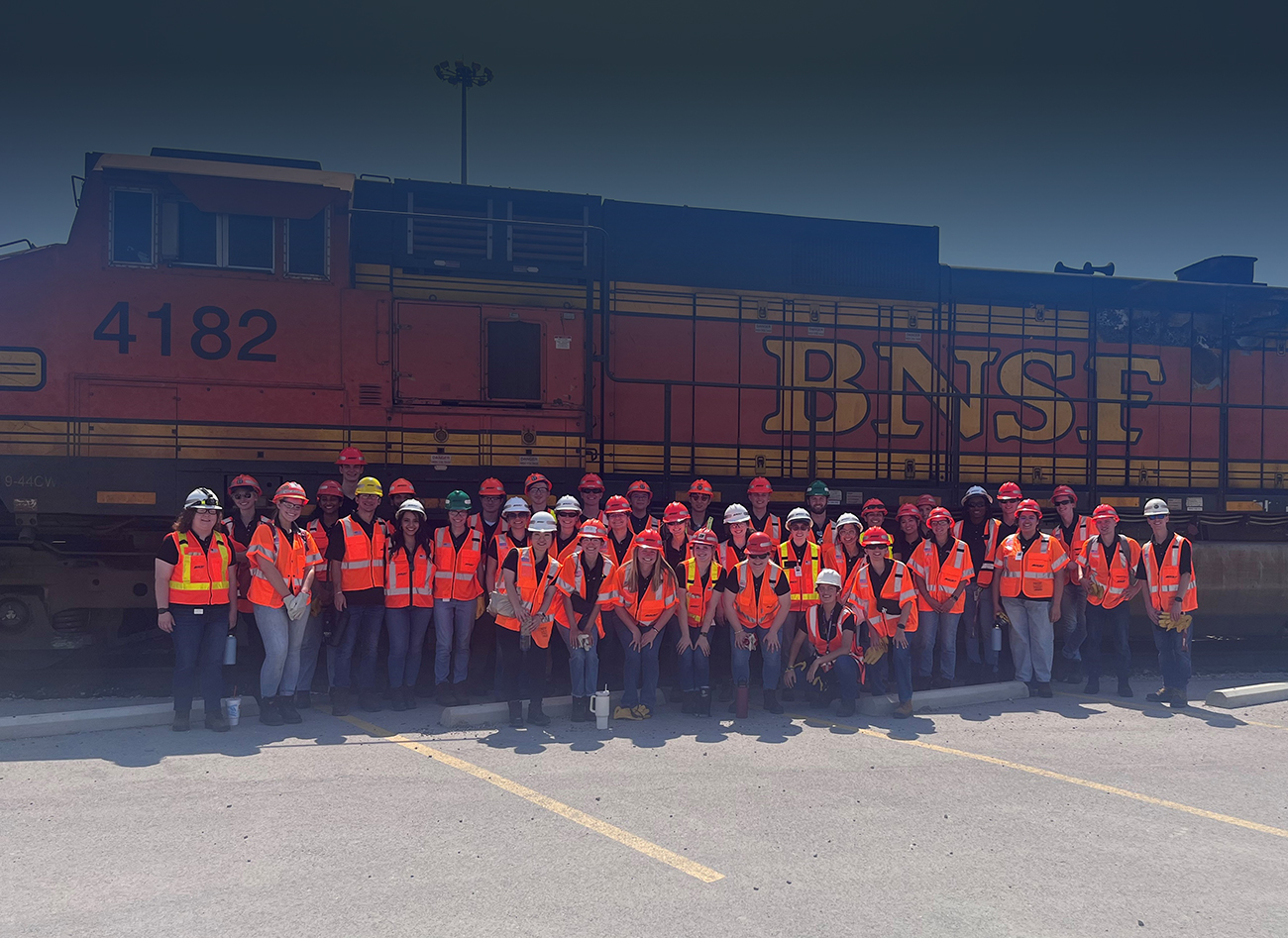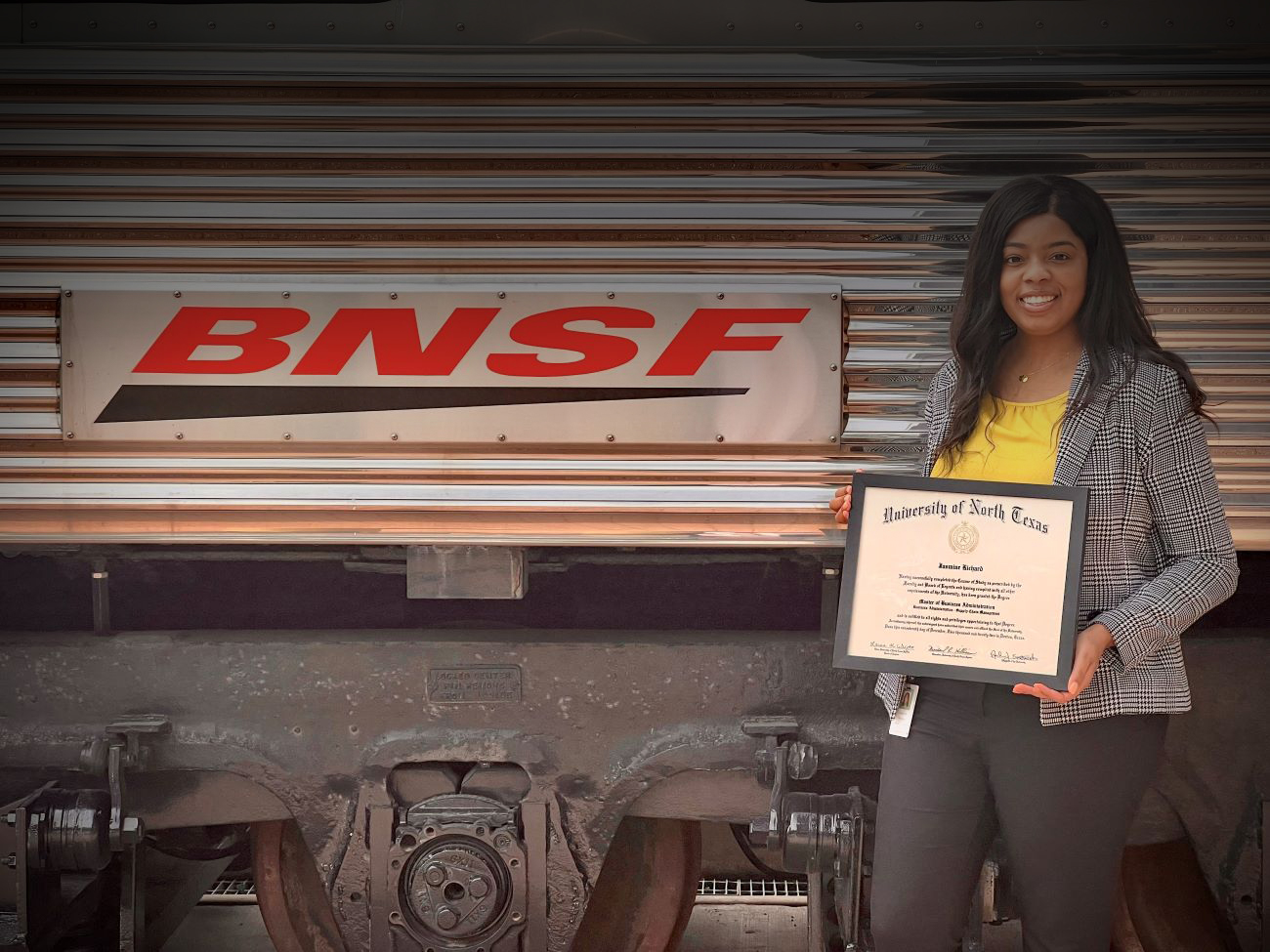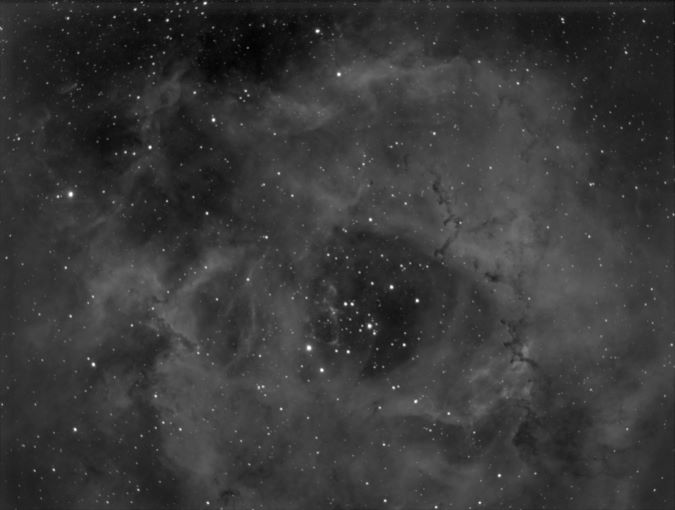
BNSF employee’s hobby out of this world
When Ray Fortner, BNSF manager, Technical Training, isn't facilitating locomotive electrician training in Kansas, you'll find him spacing out.
“It's my sister's fault," Fortner said. “When I was young, she left a copy of her college Intro to Physics textbook on my bedroom bookshelf. That first piqued my interest. Then I read Stephen Hawking's A Brief History of Time. I've been hooked on science and our universe ever since."
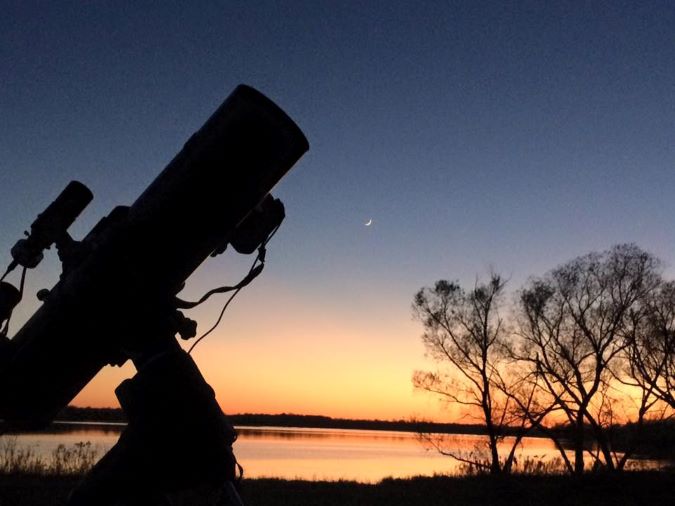
With his newfound obsession of science and outer space, Fortner often spent hours stargazing. He recalls the clear, cool nights at his Apple Valley, California, home where he had an optimal view of unbelievable celestial shows.
“I was seeing these amazing images of galaxies and nebulae in astronomy magazines," Fortner said. “I was disappointed I wasn't seeing the same views in my telescope. I knew using a camera with my telescope was the only way I would be able to view the universe the way I saw it in magazine images. That's what kickstarted my love of astrophotography."
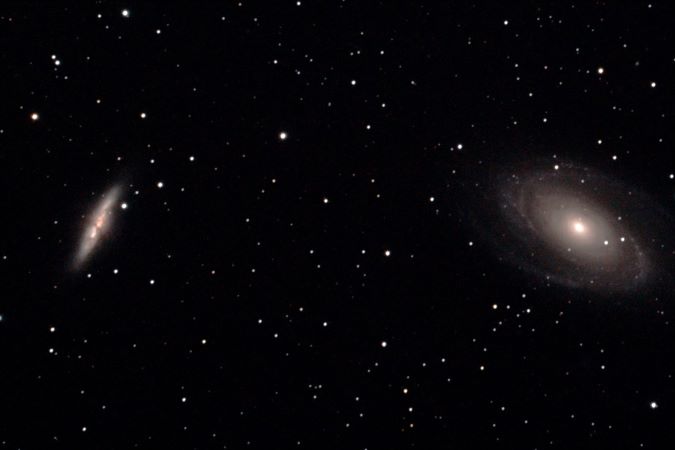
Fortner tinkered with astrophotography for years, but fully dedicated himself in 1998 when he began researching the best equipment and processes to photograph the night sky. At the time, he was living in the Mojave Desert where it is clear, dark, and dry — optimal conditions for astrophotography.
It was in the desert that Fortner took his very first picture of space. It was an image of the Orion Nebula. But even in this optimal environment, Fortner said his earliest images were “absolutely terrible."
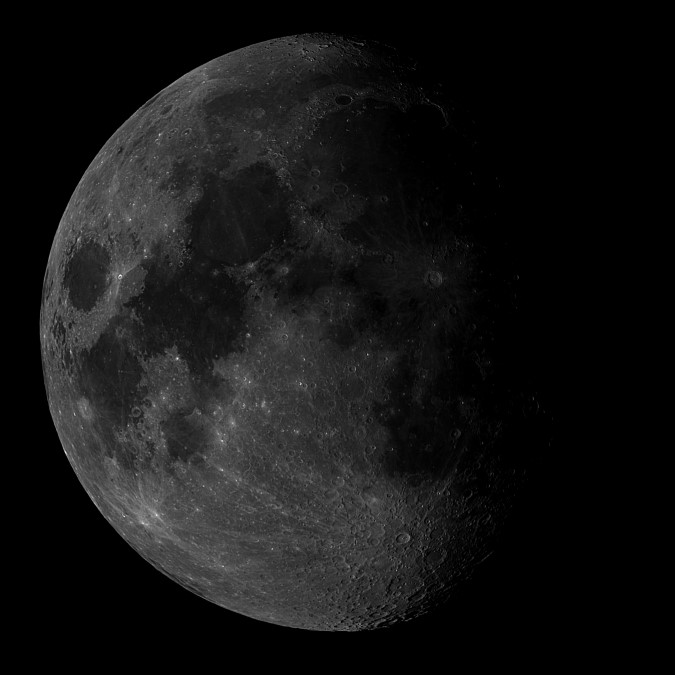
Today, Fortner has years of experience under his belt and enjoys taking photos of planets, the sun, the moon, galaxies and the many other objects our universe has to offer. His best photos of galaxies so far are of M81 and M82, but he hopes soon to capture a good one of his favorite, the Andromeda Galaxy.
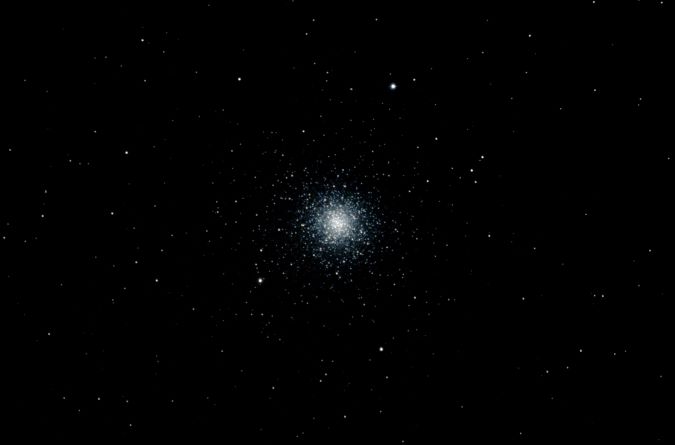
“Globular clusters are actually my favorite targets," he said. “In a photo they look like a handful of diamonds on black velvet. You are looking down into the center of a spherical ball of more than 10,000 stars. They can be difficult to find, but they are amazing when you do. You can see them pretty well through binoculars too."
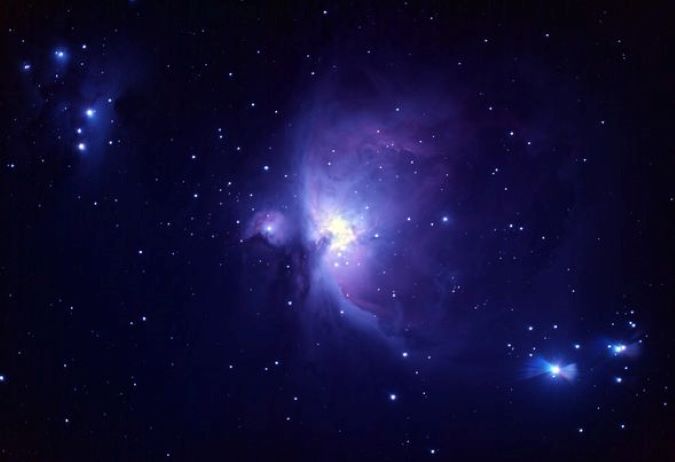
Fortner has a few tips for beginners:
- If you are new to astronomy, get a star map and learn to star-hop to find what you are looking for. Begin with a reasonable pair of 7x50 binoculars instead of a telescope. Many targets in the night sky are not small, just very dim. Binoculars help your eyes gather enough light. Star clusters like the Pleiades will take your breath away..
- Find a good used Nikon or Canon digital camera. You don’t have to spend a lot. Most DSLRs on the market have what it takes to capture a great photo. “I use an old Canon Rebel XT and it works great,” Fortner said. “Begin with wide-field images of the night sky. You’ll be amazed how much color and texture there is that our eyes can’t perceive. You can do a lot with just a 50mm lens.”
- Do some research online to find out what it takes to best photograph objects in the night sky. There is a lot of information and advice on forums like Cloudy Nights. Begin by capturing many ~5-10 second exposures as you can and use free software like Deep Sky Stacker to combine them. In this way, you’ll begin to capture all the texture and vibrancy our universe has to offer.
- Join a local group with the same interest so you can share best practices and learn new tricks. Fortner is a member of the Astronomical Society of Kansas City.
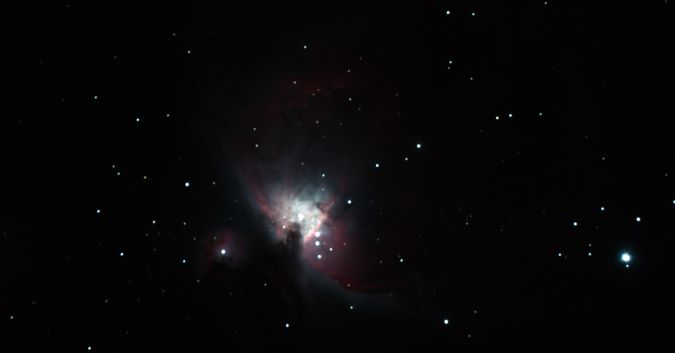
My very first Astro-image was of M42, and it was awful. Several hundred images were captured over several hours to produce this image. M42 is called the Orion nebula because it is the middle “star” in the sword hanging from the belt of the constellation Orion. Sometimes they are given interesting names based on their history or appearance. The small blue nebula visible at upper left is called the Running Man Nebula, for example.

When he can, Fortner spends his time off the clock grinding a 12-inch mirror to build his own dobsonian telescope. His older sister recently shared that she remembers helping their father build his own telescope before Fortner was born. He was dumbfounded and had no memory of this as his father passed away when he was 13. This was the first time he realized he shares his hobby with his father.
And we think that's out of this world.
